m(6)A RNA modification controls cell fate transition in mammalian embryonic stem cells
- PMID: 25456834
- PMCID: PMC4278749
- DOI: 10.1016/j.stem.2014.09.019
m(6)A RNA modification controls cell fate transition in mammalian embryonic stem cells
Abstract
N6-methyl-adenosine (m(6)A) is the most abundant modification on messenger RNAs and is linked to human diseases, but its functions in mammalian development are poorly understood. Here we reveal the evolutionary conservation and function of m(6)A by mapping the m(6)A methylome in mouse and human embryonic stem cells. Thousands of messenger and long noncoding RNAs show conserved m(6)A modification, including transcripts encoding core pluripotency transcription factors. m(6)A is enriched over 3' untranslated regions at defined sequence motifs and marks unstable transcripts, including transcripts turned over upon differentiation. Genetic inactivation or depletion of mouse and human Mettl3, one of the m(6)A methylases, led to m(6)A erasure on select target genes, prolonged Nanog expression upon differentiation, and impaired ESC exit from self-renewal toward differentiation into several lineages in vitro and in vivo. Thus, m(6)A is a mark of transcriptome flexibility required for stem cells to differentiate to specific lineages.
Copyright © 2014 Elsevier Inc. All rights reserved.
Figures
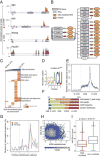

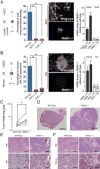
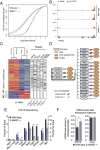
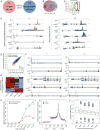
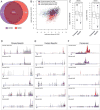
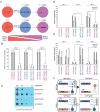
Comment in
-
Stem cell RNA epigenetics: m(6)arking your territory.Cell Stem Cell. 2014 Dec 4;15(6):669-70. doi: 10.1016/j.stem.2014.11.011. Cell Stem Cell. 2014. PMID: 25479740
References
-
- Dominissini D, Moshitch-Moshkovitz S, Schwartz S, Salmon-Divon M, Ungar L, Osenberg S, Cesarkas K, Jacob-Hirsch J, Amariglio N, Kupiec M, et al. Topology of the human and mouse m6A RNA methylomes revealed by m6A-seq. Nature. 2012;485:201–206. - PubMed
Publication types
MeSH terms
Substances
Grants and funding
LinkOut - more resources
Full Text Sources
Other Literature Sources
Molecular Biology Databases
Research Materials

